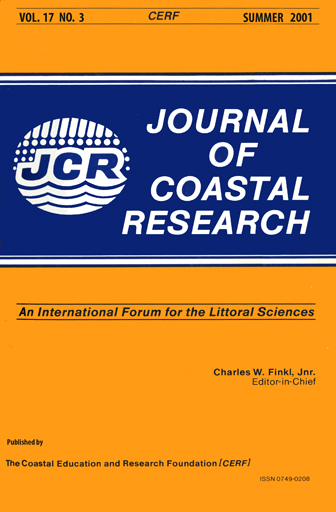Pollen Record of the Last 500 Years from the Doninos Coastal Lagoon (NW Iberian Peninsula): Changes in the Pollinic Catchment Size Versus Paleoecological Interpretation
Keywords:
Human impact, late Holocene, vegetation history, NW Iberian Peninsula, coastal lagoon, pollen, diatoms, charcoal.Abstract
Pollen, diatom, charcoal and sedimentological analyses of a 4.20-m long core collected in the margin of the Doninos coastal lagoon, northwest Iberian Peninsula, provide information about the environmental evolution of this lagoon during the last 530 yr BP. During this time period, local environmental changes, such as changes in the sand-barrier permeability, alluvial sedimentation and/or anthropogenic activity, played a major role in the evolution of this coastal system. This scenario allows us to test the degree the pollinic signal recorded in the sediments of coastal lagoons is reshaped by the influence of local processes. Diatom and sedimentological data as well as historical archives indicate the development of a lacustrine system at the bottom of the sequence. Therefore, the coring site might be included in the lagoon itself. Pollen data seems to reflect the regional vegetation as a consequence of the large pollinic catchment area. Local Castanea cultivation and anthropogenic deforestation are also recorded. At the top of the sequence, diatom facies suggest increased marine influence at this time as a consequence of the more common events of breaching of a retrograding barrier. This, plus natural silting up by alluvial sedimentation and man-induced drying up of the lagoonal margins, lead to a progressive decrease in the water body extension. The coring point is now outside of the lagoon, implying a reduction in the pollinic catchment area that gave rise to a gradual increase in the local pollinic rainfall of periphytic vegetation.
From the pollen diagram of this coastal deposit signatures of regional vegetation are swamped by local pollen input. The fluctuations in the percentages of the different pollen taxa are related to the complex interaction between basin size, human activities and breaching of the barrier. Caution must therefore be taken with direct paleoclimatic inferences from pollinic studies in coastal lagoons as an alternative where other continental deposits are lacking.

